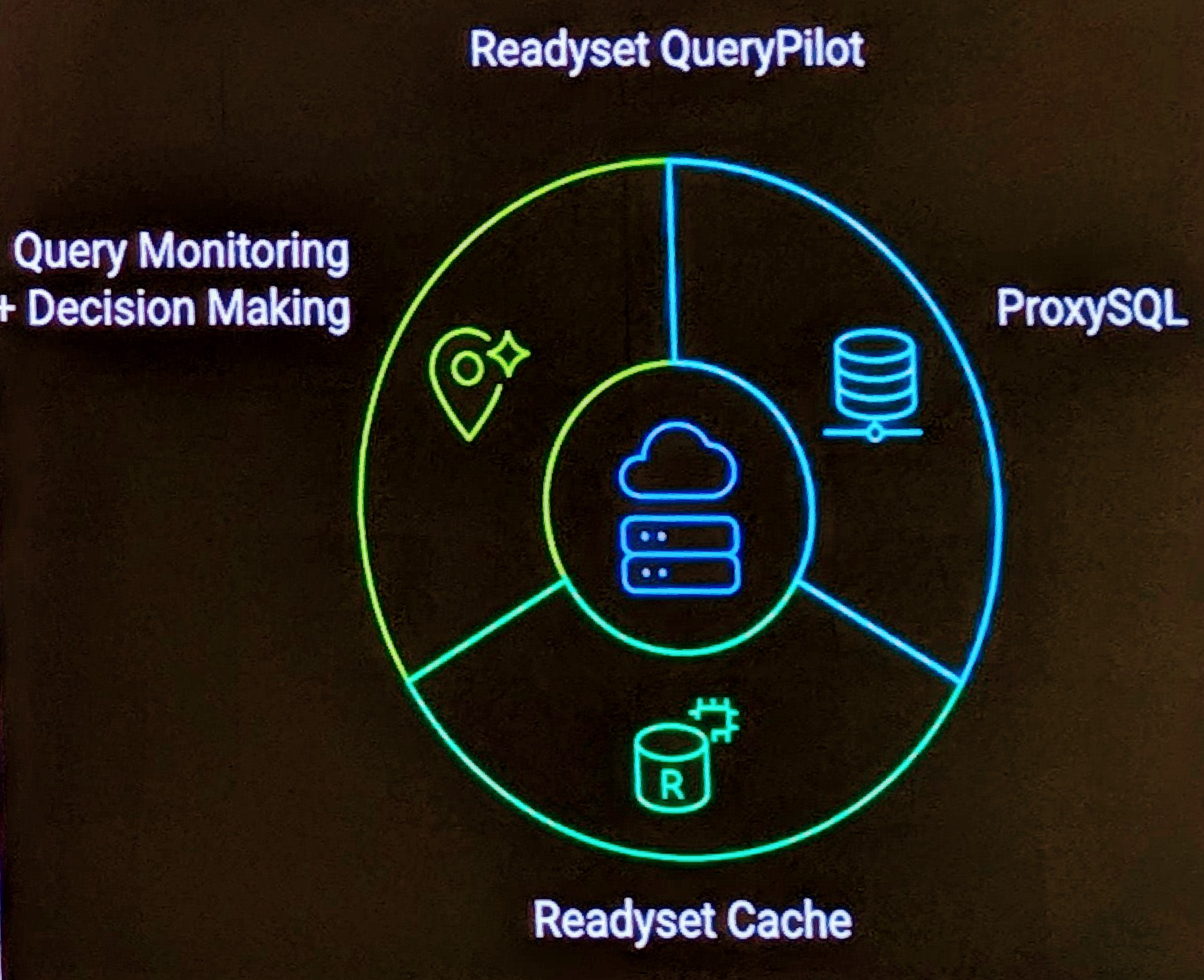I’ve done some work previously in XSLT to nicely format XML output within a browser.
Presently, some code I’m working with also does this transforming of an XML output via XSLT into a HTML file. I wanted to modify the XSLT, but found I’d made an error, so without having to pre-configure data and run the process every time every time in a more timeconsuming iterative debugging approach, I was able to do the following manually.
Having an XML file called example.xml and an XSLT file called example.xslt, by adding the second line below manually to the XML file I was able to then render the XML file in a Browser, which then reported the error enabling me to easily correct.
`
…
`
It would have been nice if the browser could accept this for the XML file without the need to manually modify it. There probably is a better way, or a more specify XML GUI tool, but the time to find this out, maybe next time.
Here is a Beginner XSLT reference.


